Let's be honest, you've probably had some disappointing meatballs in your life. Dry, tough, lacking... something. It's a common tragedy in the kitchen. You crave that perfect bite: tender, bursting with flavor, the kind that makes you close your eyes and sigh happily. Finding the truly best authentic Italian meatball recipe can feel like searching for a culinary unicorn. Many promise, few deliver. But what if we told you the secret isn't some mystical ingredient, but rather a few simple techniques and a little bit of love, straight from generations of Italian home cooks? This isn't about fancy restaurant tricks; it's about honest, delicious food that feeds the soul as much as the stomach.
Why This is the Best Authentic Italian Meatball Recipe
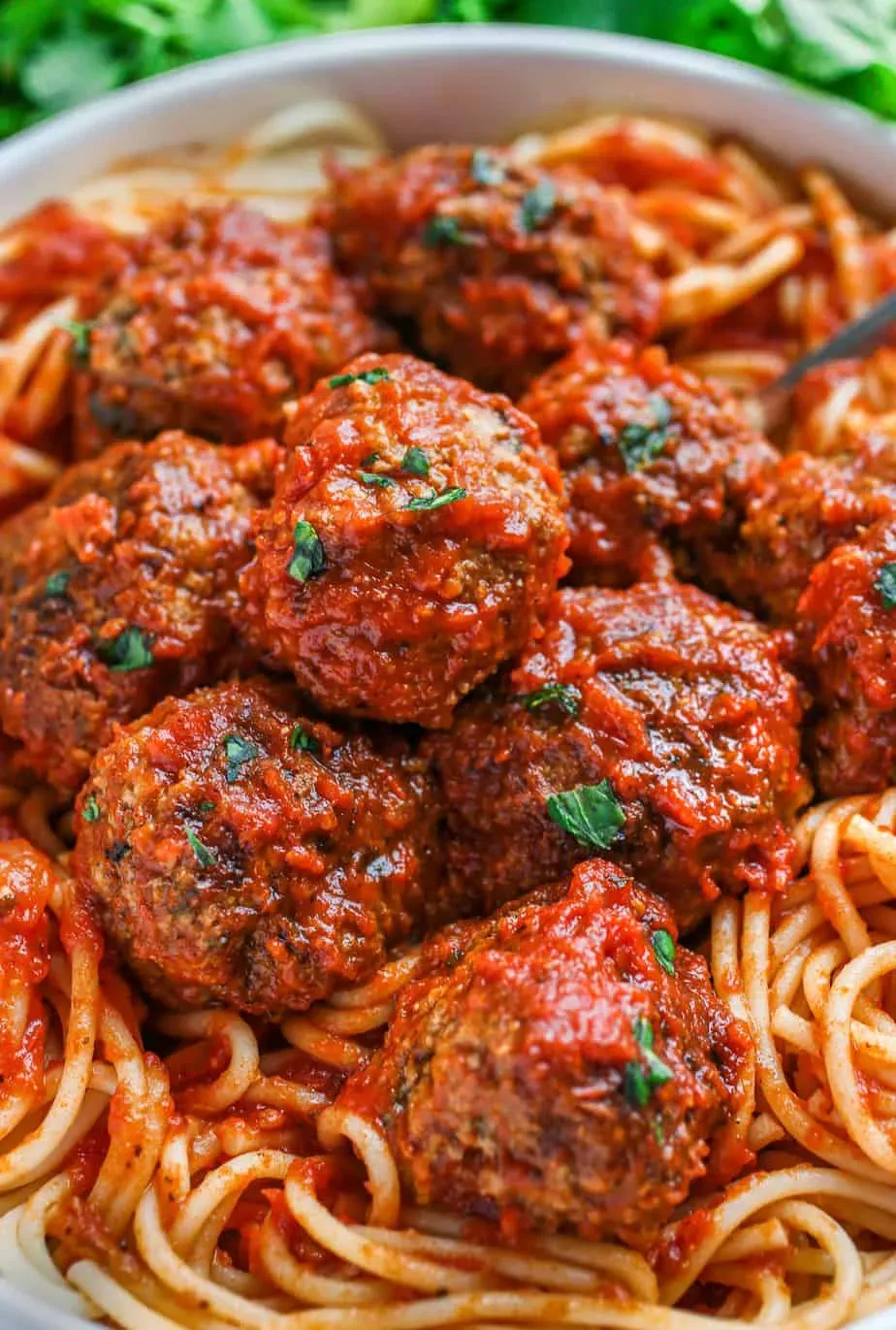
Why This is the Best Authentic Italian Meatball Recipe
Breaking Down the Meatball Mystique
Alright, let's talk meatballs. We've all seen recipes claiming to be the "best," right? Usually, they're just throwing ingredients together and hoping for the best. But the best authentic Italian meatball recipe isn't just a list of stuff; it's a process, a philosophy even. It’s about understanding how the ingredients interact and why each step matters. This recipe cuts through the noise. It doesn't rely on weird fillers or shortcuts that leave your meatballs tasting like sad, dense hockey pucks. We're talking about achieving that perfect, tender texture and deep, savory flavor that coats your mouth and makes you instantly reach for another.
The Secrets to Superior Meatballs
So, what makes this particular approach the best authentic Italian meatball recipe? It comes down to a few key things many recipes botch. First, the blend of meats. Using just one type, like lean beef, is a rookie mistake. You need a mix for flavor and, crucially, fat content to keep things moist. Second, the binder isn't just dry breadcrumbs dumped in; it's about creating a panade – soaking the bread in milk – which keeps the meatballs incredibly tender. Finally, the gentle handling and specific cooking method prevent them from drying out. It’s these details, often overlooked, that elevate a meatball from "okay" to "wow."
- The right meat blend (usually beef and pork)
- Using a milk-soaked bread binder (panade)
- Gentle mixing, no overworking the meat
- Proper cooking method for moisture retention
Gathering Ingredients for Your Best Authentic Italian Meatball Recipe
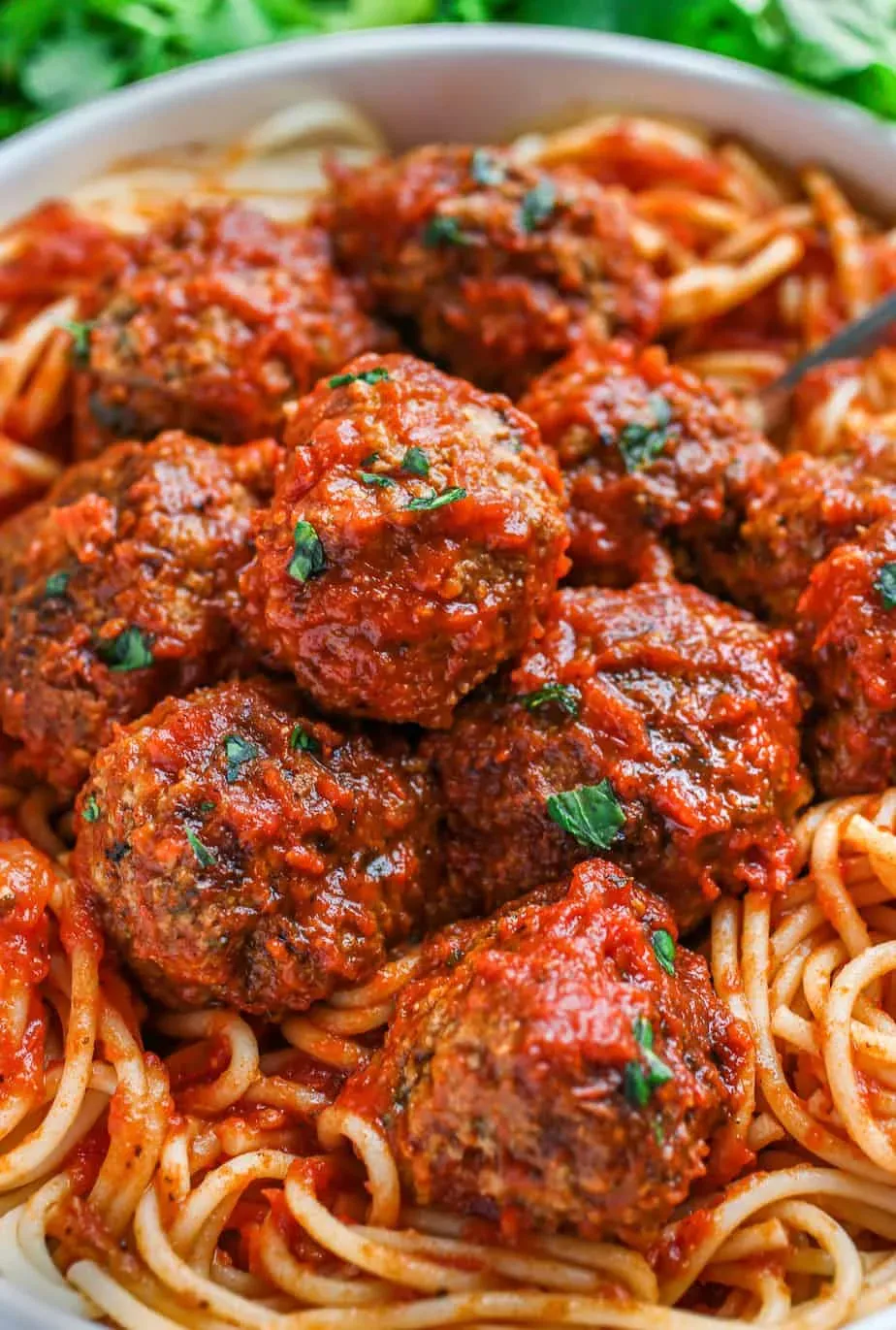
Gathering Ingredients for Your Best Authentic Italian Meatball Recipe
Picking the Perfect Meat Blend
first things first: the meat. This is where many people go wrong with their so-called best authentic Italian meatball recipe attempts. You can't just grab a pound of super-lean ground beef and call it a day. You need fat for flavor and moisture. A classic Italian-American approach, which is honestly what most people mean by "authentic" outside of Italy itself, uses a mix of ground beef and ground pork. Think 80/20 ground beef (that's 80% lean, 20% fat) and a good quality ground pork. The pork adds a sweetness and tenderness that beef alone can't provide. Some folks even throw in a little ground veal for extra tenderness, though it's not strictly necessary for greatness.
The Crucial Role of the Binder
Next up is the binder, and this is another place where the best authentic Italian meatball recipe separates itself. Forget dry breadcrumbs dumped straight into the mix. That’s a recipe for dense, tough meatballs. We're making a panade. This involves soaking stale bread – crusts removed, please – in milk. The bread breaks down into a paste, and when mixed with the meat, it creates a starchy network that traps all those delicious juices as the meatballs cook. Use good quality stale bread, like Italian bread or even a day-old baguette. White sandwich bread is too soft and can make things gummy. The milk softens the bread beautifully and adds moisture.
Essential Binder Components:
- Stale bread (Italian loaf, baguette, etc.)
- Whole milk (for richness)
- No dry breadcrumbs allowed!
Aromatics and Flavor Boosters
Now for the flavor. The base of any good meatball includes finely minced onion and garlic. You want these cooked down a bit before adding them to the raw meat mixture. Raw onion can give a harsh bite, and raw garlic can be overpowering. Sautéing them gently in a little olive oil softens them and brings out their sweet, aromatic qualities. Don't forget the cheese! Freshly grated Pecorino Romano or Parmesan cheese adds a salty, savory depth. Parsley is non-negotiable for freshness, and a pinch of red pepper flakes can provide a subtle warmth without making things spicy. Salt and pepper, obviously, but season thoughtfully.
Mixing and Forming Your Best Authentic Italian Meatball Recipe Dough
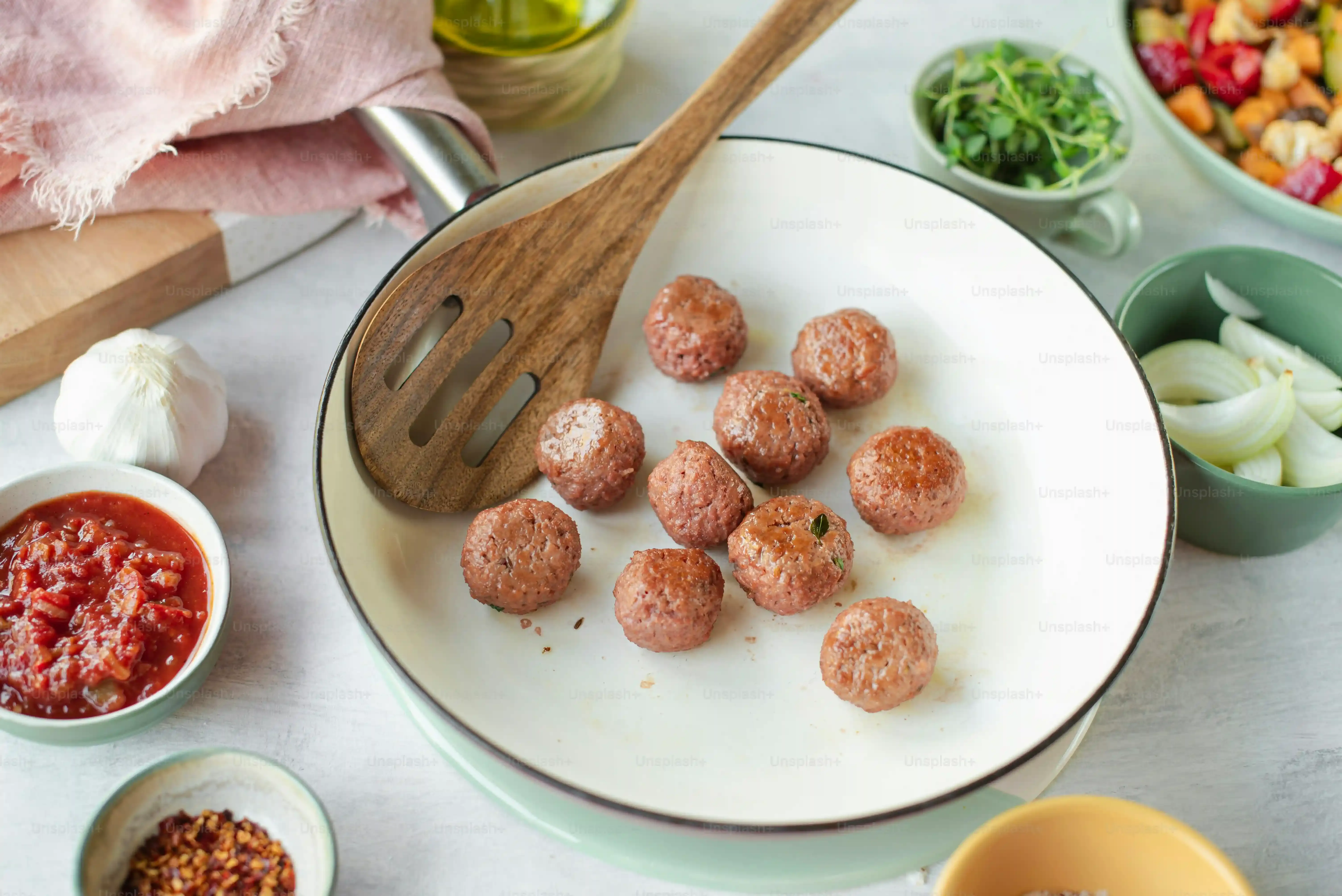
Mixing and Forming Your Best Authentic Italian Meatball Recipe Dough
Gentle Hands Make Happy Meatballs
you've got your beautiful blend of meats, that lovely panade soaking, and all your aromatics prepped. Now comes the mixing, and this is where you need to be gentle. Think of the meat mixture as a precious dough, not something to be aggressively kneaded. Overworking the meat is a surefire way to end up with tough, dense meatballs, completely ruining your shot at the best authentic Italian meatball recipe. Add the soaked bread (squeeze out excess milk, but not bone dry), the sautéed onion and garlic, the cheese, parsley, eggs, salt, and pepper to the bowl with the meat.
Use your hands – clean hands, obviously – to combine everything. The goal is just to distribute the ingredients evenly. Fold and mix lightly, lifting the mixture rather than pressing it down. Stop as soon as everything looks incorporated. You’ll see the different components, but it shouldn’t look like a uniform paste. This minimal handling keeps the meat tender. Trust me, your patience here pays off big time in the final texture.
Shaping Up for Success
Once your mixture is gently combined, it’s time to form the meatballs. For the best authentic Italian meatball recipe results, aim for meatballs roughly the size of a golf ball or slightly larger. Consistency in size is important for even cooking. You can lightly wet your hands with water or have a small bowl of water nearby to prevent sticking, but avoid using oil here as it can affect browning later.
Roll the mixture gently between your palms to form spheres. Don’t pack them tightly; you want them relatively loose so they stay tender inside. As you roll, place them on a plate or baking sheet. A little trick: once they’re all formed, pop the plate into the fridge for about 30-60 minutes. This helps them firm up, making them easier to handle and less likely to fall apart during cooking. It’s a small step, but it makes a difference.
Meatball Forming Tips:
- Keep hands lightly moistened.
- Roll gently, don't pack too tightly.
- Aim for uniform size (golf ball-sized is classic).
- Chill formed meatballs for 30-60 minutes.
Cooking Your Perfect Italian Meatballs
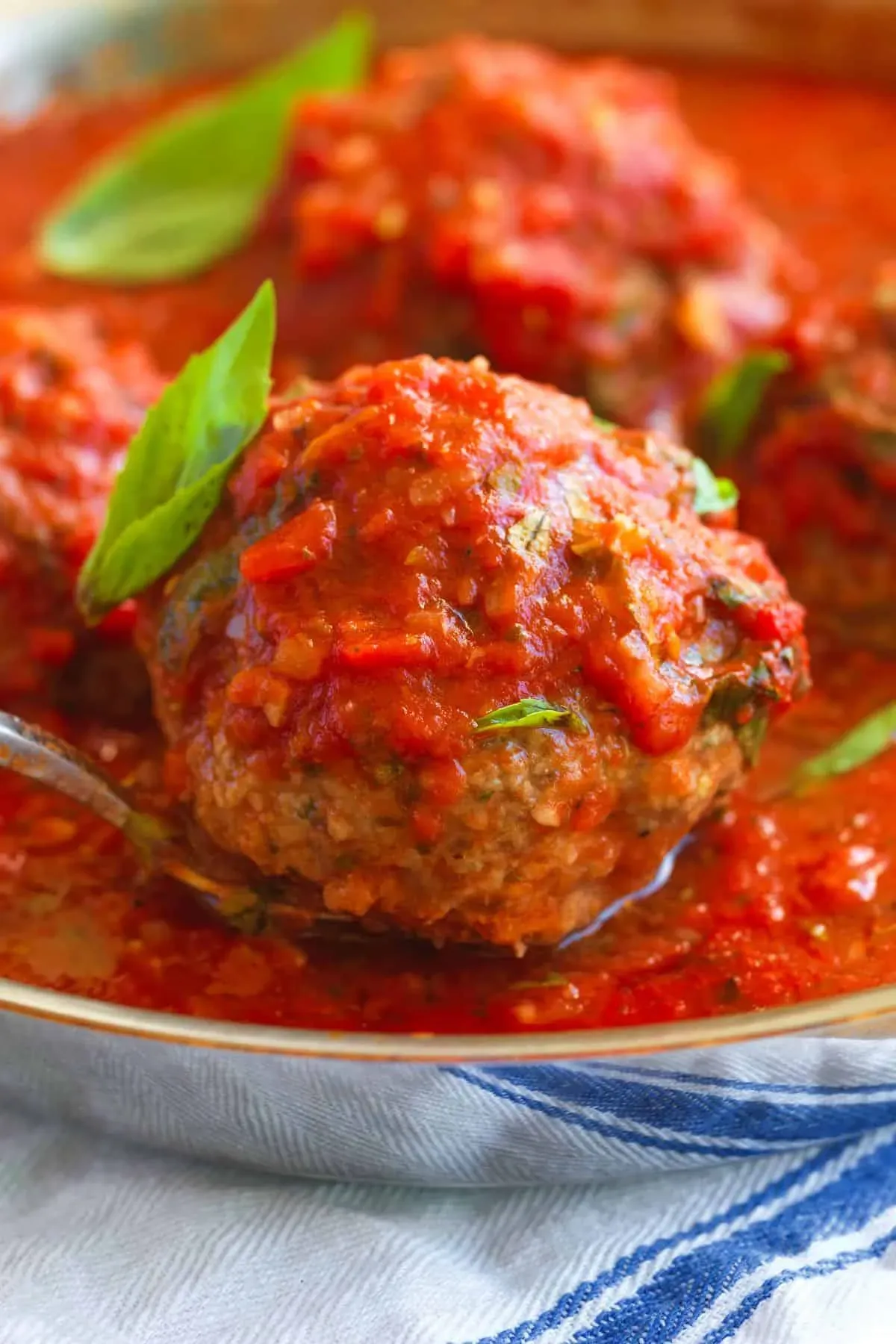
Cooking Your Perfect Italian Meatballs
Baking Towards Tenderness
Now that your meatballs are firm and ready, it's time for the crucial step: cooking them to perfection. While some swear by frying, which gives a nice crust, it can also lead to uneven cooking and a greasy result if you're not careful. For consistently tender, juicy results with minimal mess, baking is often the unsung hero in achieving the Cooking Your Perfect Italian Meatballs dream. Preheat your oven to a relatively high temperature, like 400-425°F (around 200-220°C). Arrange the chilled meatballs on a baking sheet lined with parchment paper or lightly greased. Give them a little space so they can brown nicely on all sides. Baking them first allows them to cook through gently and develop a lovely exterior without the risk of drying out internally from direct frying.
Baking Best Practices:
- Preheat oven to 400-425°F (200-220°C).
- Use a lined baking sheet for easy cleanup.
- Space meatballs apart; don't overcrowd the pan.
- Bake for about 15-20 minutes, or until cooked through.
Serving and Storing Your Best Authentic Italian Meatball Recipe
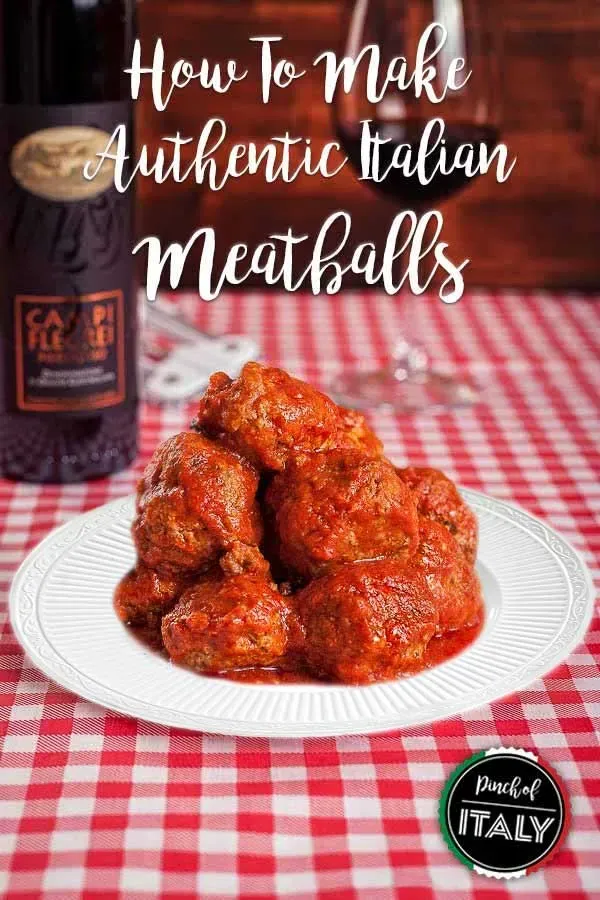
Serving and Storing Your Best Authentic Italian Meatball Recipe
From Pan to Plate: Enjoying Your Masterpiece
you've baked these beauties. They're golden brown, fragrant, and practically begging to be eaten. This is where all your hard work pays off. The absolute classic way to serve your best authentic Italian meatball recipe is, of course, with a killer tomato sauce and your favorite pasta. Don't just dump them in; let them simmer in the sauce for at least 20-30 minutes. This allows them to soak up all that wonderful tomato goodness and become even more tender. It's a simple step, but it makes a huge difference. Think rigatoni, spaghetti, or even polenta if you're feeling fancy. A sprinkle of fresh Parmesan and parsley on top is non-negotiable.
But these aren't just for pasta night. These meatballs are versatile. You can use them in meatball subs (toast the rolls!), serve them as appetizers with toothpicks, or even slice them cold on a sandwich the next day (don't knock it 'til you try it). The point is, you've made something delicious and you should enjoy it however you like. Just promise me you'll try them with sauce first. It’s the traditional way for a reason.
Classic Serving Suggestions:
- With tomato sauce and pasta (simmering is key!)
- On a toasted hero roll for meatball subs
- As appetizers with dipping sauce
- Sliced cold on sandwiches
Keeping the Goodness Going: Storing Leftovers
Hopefully, you made a big batch, because you're going to want leftovers. Properly storing your best authentic Italian meatball recipe ensures you can enjoy them later without sacrificing quality. Once they've cooled completely, transfer them to an airtight container. If they're already in sauce, store them together. They'll keep beautifully in the refrigerator for up to 3 or 4 days. Reheating is easy; just gently warm them in sauce on the stovetop or pop them in the microwave.
For longer storage, freezing is your friend. You can freeze them cooked, either in sauce or plain. If freezing plain, lay the cooled meatballs on a baking sheet and freeze until solid, then transfer to a freezer bag or container. This prevents them from sticking together. If freezing in sauce, just put the sauced meatballs into a freezer-safe container or bag. Frozen meatballs will last for up to 3 months. Thaw them in the refrigerator overnight before reheating gently in sauce.
Storage Method | Maximum Duration | Notes |
|---|---|---|
Refrigerator | 3-4 days | Store in airtight container, with or without sauce |
Freezer (Plain) | 3 months | Freeze solid on a tray first, then bag |
Freezer (In Sauce) | 3 months | Use a freezer-safe container or bag |
Your Journey to the Best Meatballs Ends Here
So there you have it. No more settling for those sad, dry excuses for meatballs that haunt subpar pasta dishes. You've got the blueprint for the best authentic Italian meatball recipe. It's not complicated, it just requires attention to detail and a willingness to ditch the bad habits. You now know the secrets to tender texture and deep flavor, from the blend of meats to the gentle mixing and the forgiving baking method. Go forth, make a batch. See the difference for yourself. Your spaghetti will thank you, your family will cheer, and you'll finally understand what a truly great meatball is supposed to taste like.